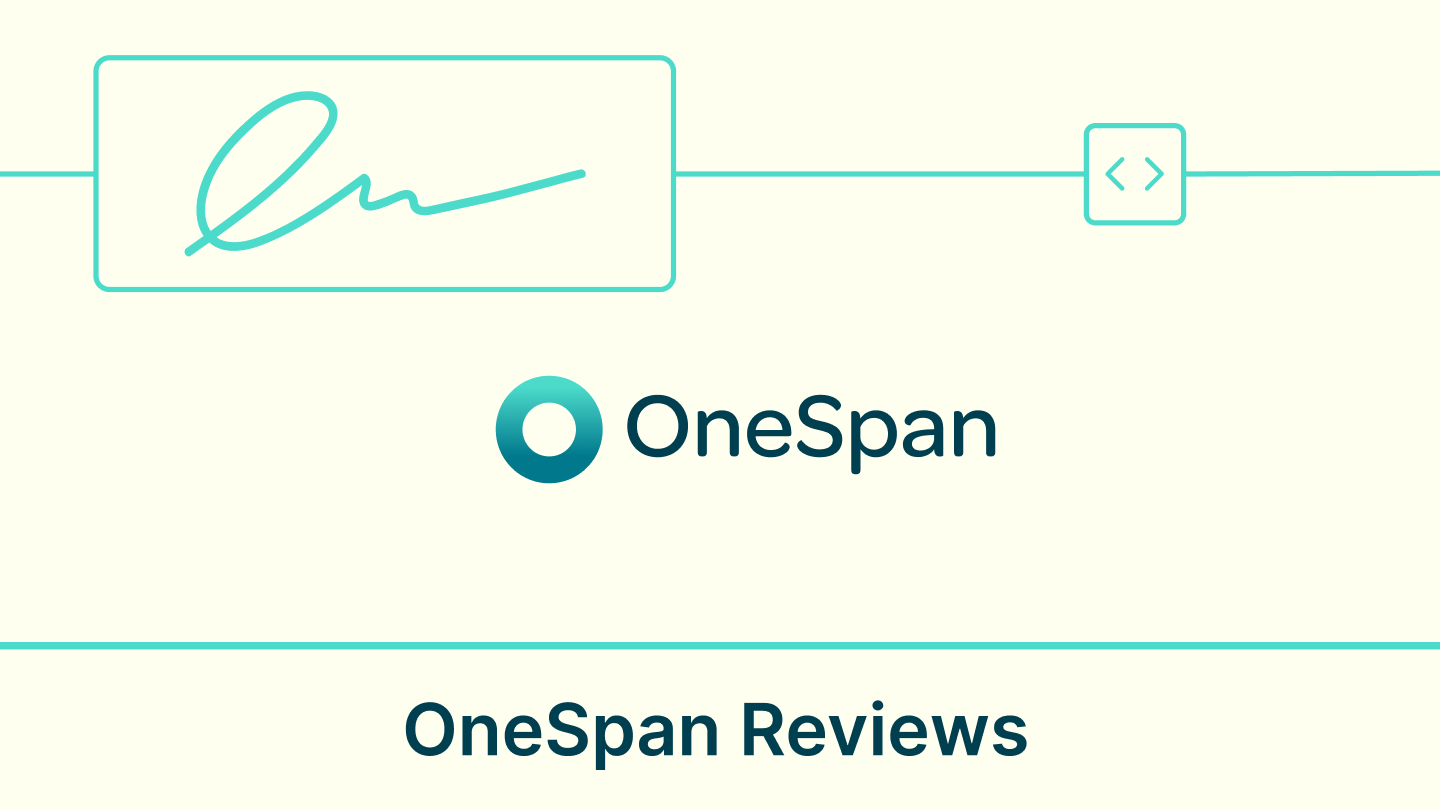The rapid rise of COVID-19 has catalyzed one of the largest (if not the largest) workplace exodus of our time. With nearly zero advance notice in many cases, teams of dozens, hundreds, and even thousands of people flocked to their home offices for the foreseeable future.
While remote work has been gaining in popularity for years (between 2005 and 2017, the number of remote employees in the United States jumped by 159%), many companies have still chosen to keep all of most of their employees in-house.
But now, those same businesses are hitting the "accelerate" button on their digital infrastructure development out of necessity, and discovering an incredible suite of new tools in the process. It's the silver lining around a very black cloud: the opportunity for companies to become more agile and adaptable – fast.
Bringing the boardroom online
The poster child for massive software adoption during the Coronavirus pandemic has been Zoom, an online audio and video conferencing platform. Year-to-date, the company has seen 3.5 times more active user sign-ups compared to the same period in 2019 – not to mention the fact that its stock price skyrocketed by 40% in February while the Dow Jones fell by 4%.
Meanwhile, both Slack and Microsoft Teams have broken all-time user activity records now that entire offices have dissolved into individualized satellites.
Suffice to say this team-centric software gold rush is all thanks to the massive influx of remote workers, and their newfound need to remain connected to each other.
The quest for all-in-one solutions
For companies with minimal digital infrastructure, the only thing more daunting than adopting a new software is learning to use multiple at the same time. It’s much easier to riff off existing tools, building on a familiar interface and UX for a more far-reaching solution.
Take Gmail for example: Google’s email service is currently 1.5 billion users strong. It should come as no surprise, then, that searches for Gsuite – their proprietary bundle of productivity, cloud, and collaboration tools – soared to an all-time high as soon as the Coronavirus hit.
Gsuite’s shared document apps (Docs, Sheets, Slides) are ideal for collaborative drafting from afar, and team-facing apps like Hangouts Meet for video calls, Hangouts Chat for messaging, and Calendar for shared events are the glue that keeps everyone connected. Throw in Google Cloud and Google Drive as the ultimate online filing cabinets, and you’ve got a simple single-platform solution that companies can onboard in a flash.
Signing documents in isolation
In the age of COVID-19, deal-sealing handshakes and contract-signing meetings are no more – but people still need a way to move agreements along, validate documents, and sign off on projects and requests.

Now that businesses can no longer process essential paperwork in-person, electronic signatures have skyrocketed in popularity. Signeasy, for one, saw a fivefold spike in user sign-ups in the month of March.
Platforms like Signeasy roll all the convenience of in-person signing into a convenient online package, and are perfect for newly-remote employees who do not have access to a printer or scanner at home. They include handy features like signature requests, easy-access templates, progress tracking, and reminders that are arguably more convenient than in-person signing – even on a regular, pandemic-free day.
---
How is your business navigating the shift to remote work? Which tools have you onboarded to make life easier for you and your employees? There’s a whole world of software out there that exists for this exact purpose, and many are even offering extended free trials and perks due to COVID-19. There’s never been a better time to try something new.











